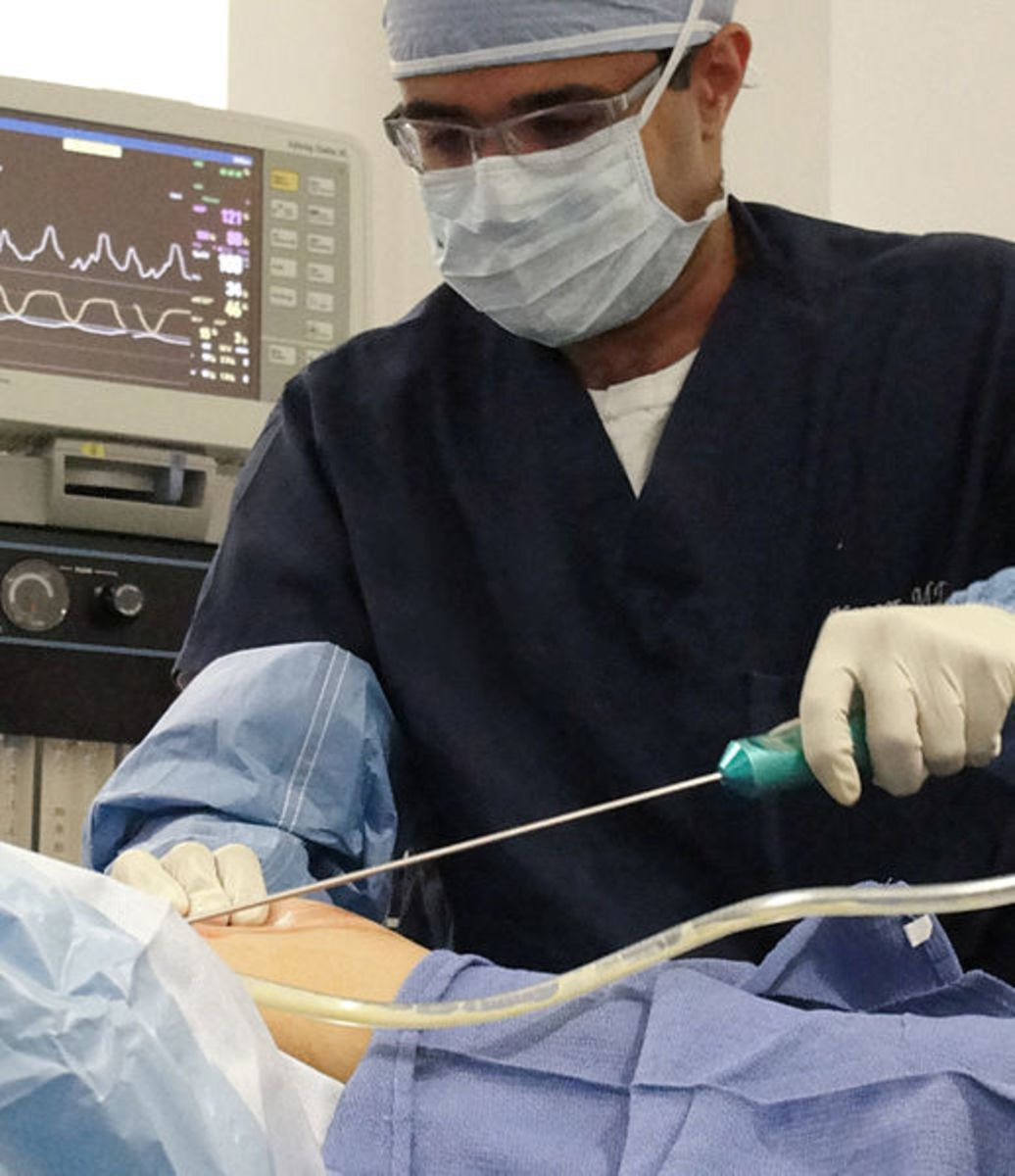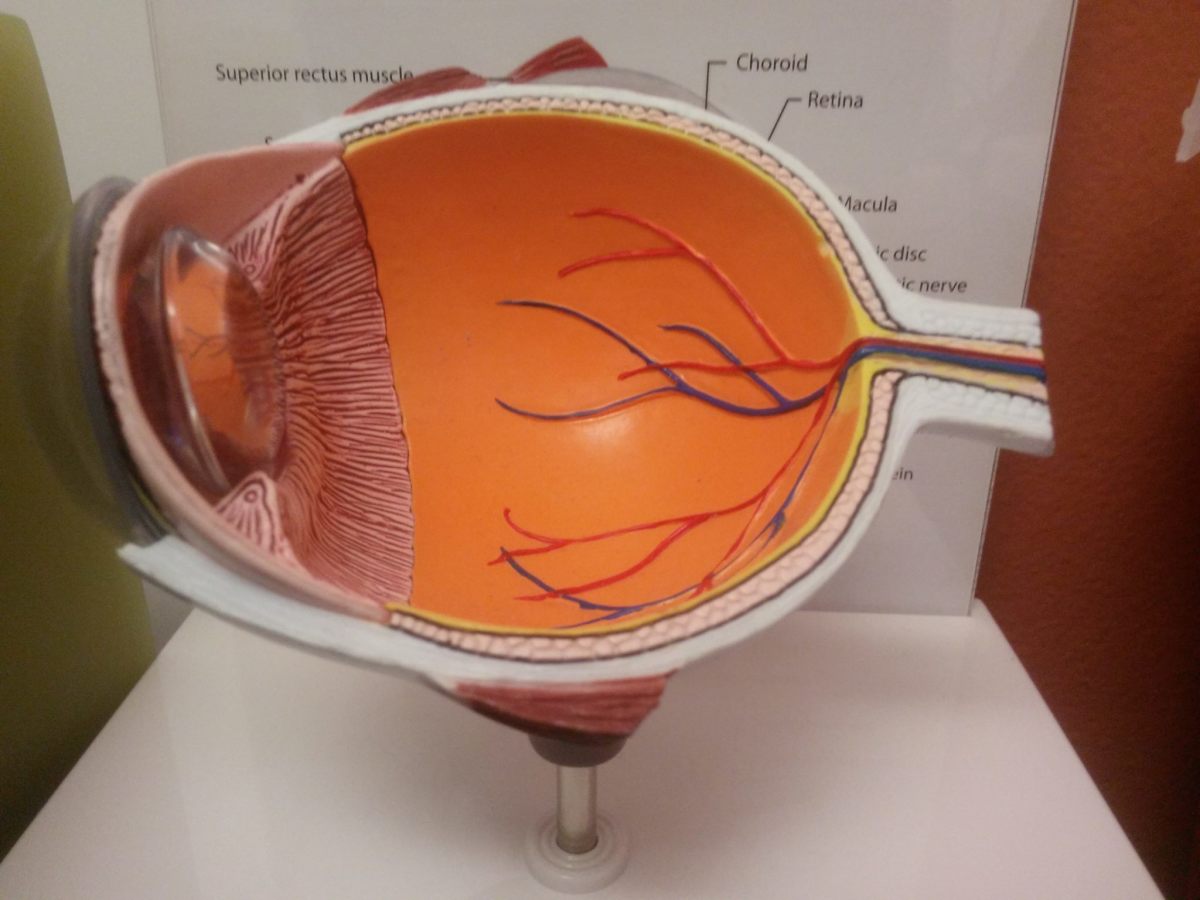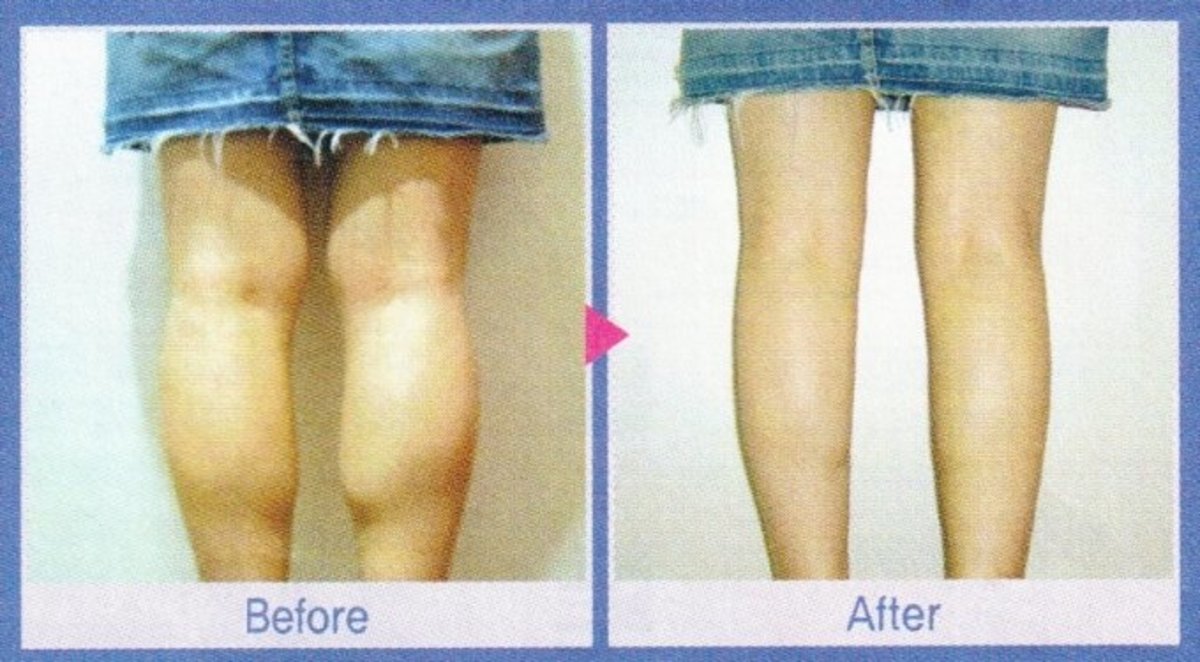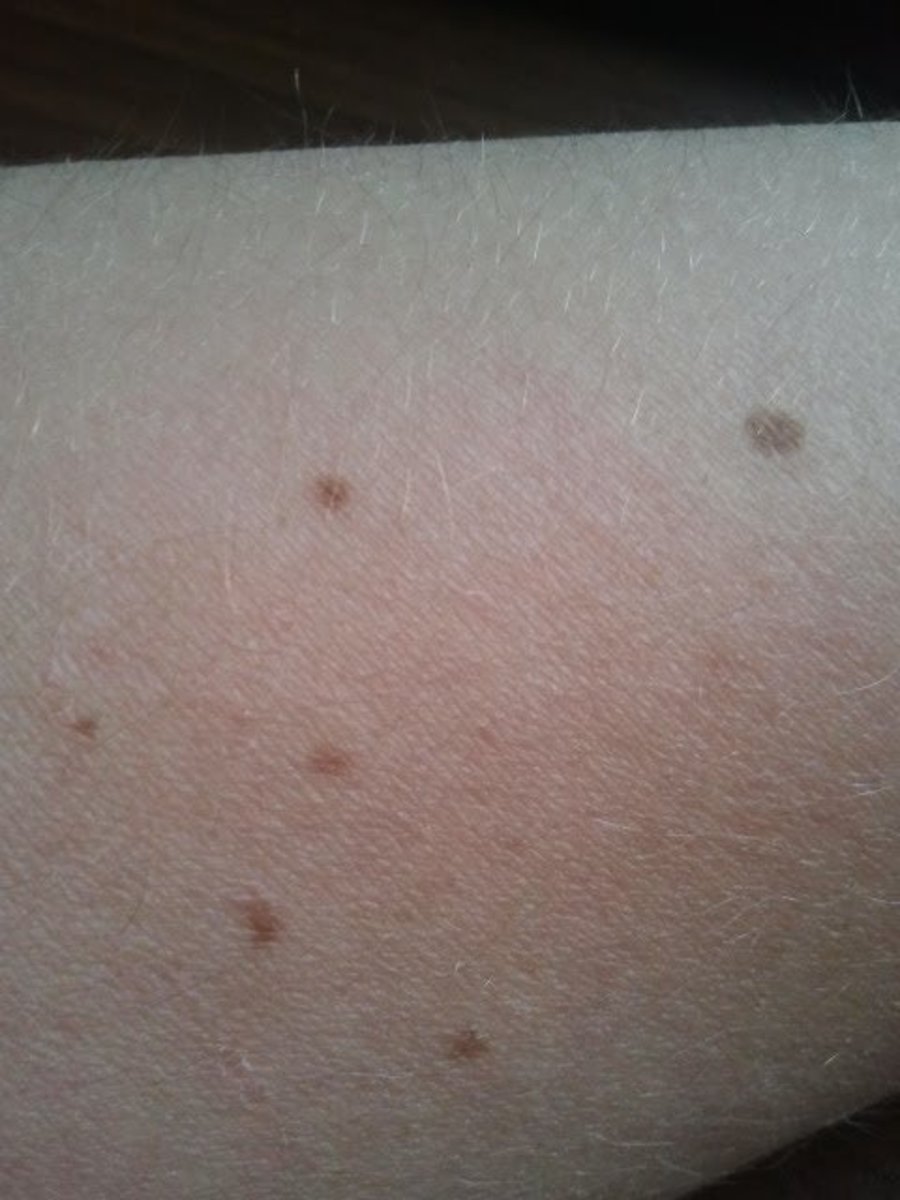Liposuction Procedure
Am I a Good Candidate for Liposuction
To decide if you are a good candidate for liposuction, your doctor will likely take into consideration the volume and location of the fat on your body. Almost as important as the fat, is the quality of your skin—the tone and elasticity that is present. This is important because following the procedure, the skin will need to contour to your new and improved shape. For this reason, it remains true that those who are younger find better results with liposuction.

However, do not feel defeated if you are getting close to middle age and beyond! The facts are this; millions of Americans springing from every age group have found fantastic improvements by having liposuction. No matter your age, it is up to your surgeon to decide if your skin has enough elasticity to produce your desired liposuction contouring goals.
Does the Kind of Fat I Have Matter for Liposuction
What Are the Three Kinds of Fat in the Human Body
- Superficial Fat - The thin layer of fat found directly below the skin.This is the layer that is a main contributor for cellulite dimpling and puckering found on the thighs and buttocks.
- Subcutaneous Fat - This is a thick layer of fat found deeper in the body. This deep, thick layer of fat is responsible for those visible bulges found on the tummy, thighs, and hips. Subcutaneous fat is also attributed with causing the "pear-shape" women can develop.
- Intra-abdominal Fat - This layer of fat is interspersed throughout the internal organs found in the abdomen. This layer is known to cause the "apple-shape" body type that we see more commonly among men.
What You Think Really Does Matter!
Have you considered getting liposuction in your lifetime?
Why Does the Kind of Fat I Have Matter During Liposuction
Liposuction is more likely aimed at removing the thick subcutaneous fat layer. This is where the majority of people find the best result when it comes to having liposuction surgery. When the procedure is applied to the thin superficial layer of fat, inconsistencies are sure to emerge and become visible to the eye. But, with the advancement of surgical instruments and newly developed procedures, we are seeing a much better outcome in these liposuction applications.
When is Liposuction a Bad Choice
When Liposuction is NOT for you
In some cases, it may be necessary to combine liposuction with other procedures to attain the desired outcome for your body. In other cases, liposuction is not the right procedure for your body at all. If any of the five listed reasons that follow are your reason for getting liposuction, you should discuss this with your surgeon, and possibly choose another more appropriate procedure.
- You Are Obese and Wish to Lose Weight By Having Liposuction
Liposuction is not really an acceptable treatment for obesity, or a good process for weight loss. Because only so much fat can be safely removed during the procedure, plastic surgeons are prevented from treating the obese. Another reason is that liposuction is not designed to remove the even layer of fat found on the obese, as it is a contouring procedure—designed for smoothing out those problem areas. For weight loss in the overweight population, doctors will likely place you on a weight loss diet, or may suggest a surgical procedure like gastric bypass.
- If You Have a Lot of Loose Skin, Liposuction May Not Be For You
If for some reason your skin is not pliable enough—lacks elasticity—liposuction may not be the answer for your needs. Following the removal of fat, loose skin can appear more floppy and saggy. In cases where the patient is bothered by loose skin and localized fat deposits, the surgeon may prefer to do a thigh lift, tummy tuck, or lower-body lift where the excess skin and fat deposits are removed.
More About Body Contour Surgery
- Body Contouring Surgery and Treatment
This article reaches out to those who have experienced a large weight loss and are preparing for Body Contour Surgery. Learn what to expect, how to prepare, and how to deal with the aftermath of plastic surgery. Great tables for medications and suppl
What Should I Know About Having a Liposuction Procedure
What is Actually Done During a Liposuction Procedure
The average liposuction procedure takes anywhere from forty-five minutes to two-and-a-half hours. But, this can be much longer depending on how much fat is being removed and which technique is being used. Below are the usual steps that occur during the procedure;
- If Your Primary Goal is to Get Rid of Stretch marks, Liposuction is Not the Answer
Where a tummy tuck may be suggested for the removal of stretch marks, liposuction surely will not. Liposuction cannot remove or lessen the look of stretch marks. For this reason, another procedure is a better choice.
- If You Have Scars From A Previous Surgery, Liposuction May Not be a Good Choice
Due to the fact that scar tissue has been known to interfere with the removal of fat tissue should it be in the area of interest—resulting in less than desired outcomes—liposuction is usually not conducted in the areas where scaring is present.
- If You Want to Get Rid of Cellulite, Don't Get Liposuction
Simply stated, liposuction doesn't improve the look of cellulite.
Is Liposuction Safe?
- Following sedation, your surgeon will make several small incisions in the areas where fat is to be removed, your surgeon will then prepare the fat cells to be removed.
- A suction pipe is placed through the incisions, then, fat and small amounts of body fluids and blood get vacuumed out through the pipe.
- Staying away from organs, connective tissue, nerves, and blood vessels, your surgeon will move the suction pipe around inside the fat until the right amount has been taken out.
- Once the procedure is completed and the contouring required is achieved, the surgeon will either stitch closed the incisions, or not. Some doctors feel that stitching the incisions closed reduces messy drainage, while others say drainage prevents excess swelling. This will be up to you and your surgeon to decide.
Incisions for Liposuction
Information About the Incisions Made During Liposuction Surgery
Your liposuction surgeon will be making several tiny access incisions (cuts) that are one-eighth to one-half inch in length at the places on your body where fat is to be extracted. Exactly how many cuts will be made depends on how much fat is being removed, and from how many places on your body. When it is plausible, these cuts will be placed in skin folds and patches of hair (like the pubic area) to keep them subdued from view. Even if the cuts are not hidden in the bellybutton, skin creases, or under the fold of the buttocks, the residual scars will be pretty difficult to spot.
Do You Know Medical Stuff?
view quiz statisticsFat Volume and Liposuction
How Much Fat Can Safely be Removed During Liposuction
Once your overall health, weight, and age, has been looked at, the surgeon will determine the volume of fat that can safely be removed from your body. As a definable rule, the safest volume of fat to remove in a single operation has been measured at around eleven pounds (or about 5 liters).
As the medical field grows more confident and new techniques for liposuction pop up, we are beginning to see some surgeons remove much larger volumes of fat during a single operation. But, don't be fooled, large-volume fat removal brings much greater risk. More blood loss, longer operation times, subjection to more anesthesia, and increased stress to the body in general, all due to large amounts of fat being taken out of the body. Sometimes, it is just safer to wait six months or so, then have a second operation done. You and your surgeon will have to determine if this is the answer for your situation.
What are the Most Commonly Liposuctioned Areas of the Body
- Abdomen - Can create a flatter stomach. As a rule, surgeons can only remove the fat from your belly that can be "pinched".
- Thighs - Designed to make the legs more attractive. Most of the time the thigh is treated as two separate parts; inner and outer thigh. These areas (usually) also include the back of the thigh and buttocks.
- Hips - This can make your silhouette more refined and attractive. Suctioning fat from the hips often includes suctioning from the thighs and buttocks.
- Buttocks - By suctioning the buttocks an improved size and shape can be achieved. As the rear-end is our "cushion" when sitting, surgeons try to be conservative when removing fat from this zone.
Highest Plastic Surgery Rate By Country
COUNTRY
| TOTAL PROCEDURES
| TOTAL POPULATION
| PROCEDURES PER 10K PEOPLE PER YEAR
|
|---|---|---|---|
South Korea
| 365,000
| 49,232,000
| 74
|
Brazil
| 1,054,000
| 193,000,000
| 55
|
Taiwan
| 103,000
| 22,929,000
| 44
|
United States
| 1,300,000
| 309,000,000
| 42
|
Japan
| 411,000
| 127,288,000
| 32
|
Thailand
| 76,000
| 65,500,000
| 11
|
china
| 1,215,000
| 1,322,000,000
| 9
|
India
| 683,000
| 1,184,000,000
| 6
|
Information derived from Asian Plastic Surgery guide.
South Korea Has the Most Reported Plastic Surgery of all Countries
Even though South Korea has the most reported procedures on record, Hollywood, California; We're watching you!
History of the Number of Weight Loss Procedures Annually (USA)
THE YEAR
| ANNUAL PROCEDURES
|
|---|---|
1996
| Less than 25,000
|
1997
| approx. 26,000
|
1998
| approx. 27,000
|
1999
| approx. 28,000
|
2000
| approx. 29,000
|
2001
| approx. 31,000
|
2002
| approx. 75,000
|
2003
| approx. 100,000
|
2004
| approx. 148,000
|
2005
| approx. 160,000
|
2006
| approx. 197,000
|
2007
| approx. 200,000
|
Information derived from K. Sasse, M.D. "Outpatient Weight-Loss Surgery" (2009)
Before Getting Plastic Surgery
Finding good quality care and information from reliable resources is up to you. Making sure the surgeon you choose to perform your liposuction (or any) procedure should be the most important step in your body contouring experience. Making that undeniable connection with your surgeon will bring trust and understanding to an otherwise scary and painful transition. Below is a list to help get you started in the right direction. Ask questions, get answers, and be your own advocate for good medical care! Your well-being, and potentially your life depends on it!
Medical Resources to Consider Using Before Getting Plastic Surgery








